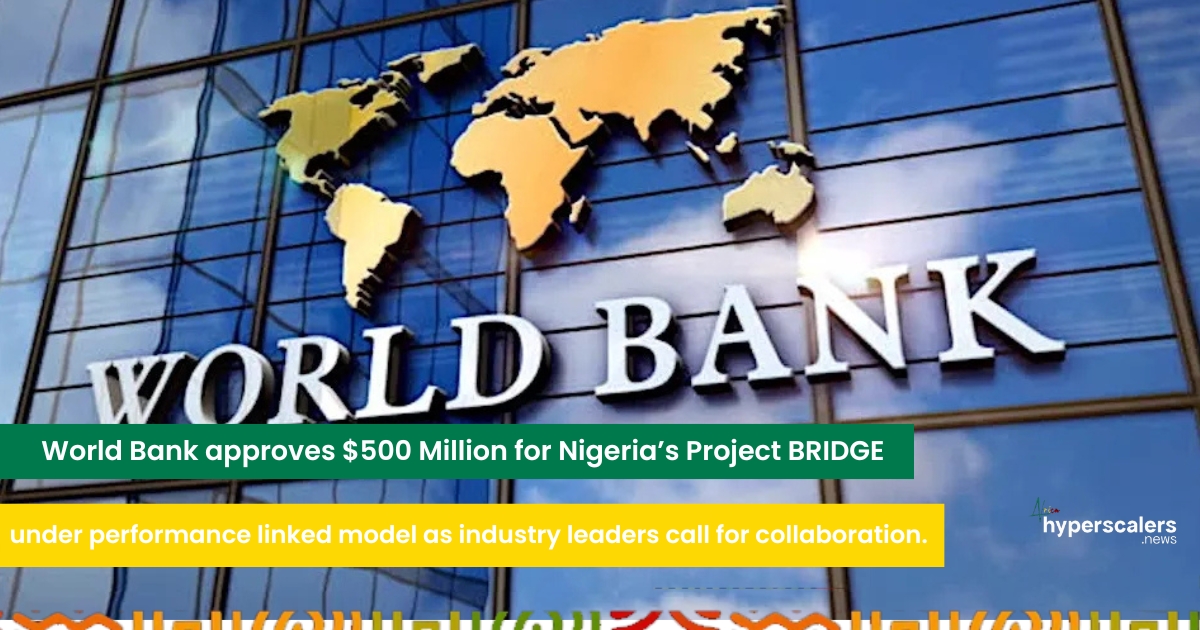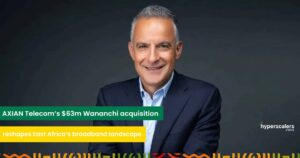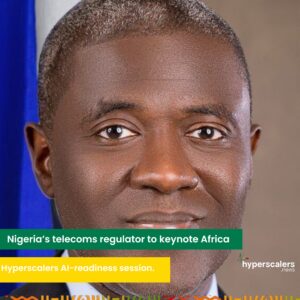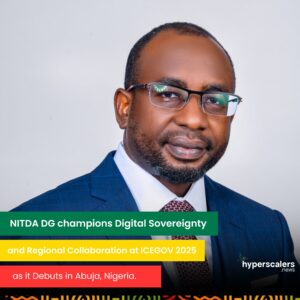The World Bank has approved a $500 million International Development Association (IDA) credit to support Nigeria’s most ambitious digital infrastructure project, the Building Resilient Digital Infrastructure for Growth (BRIDGE) project, a six-year national effort to deploy 90,000 kilometers of fiber optic cable and extend broadband connectivity to all 774 local government areas.
The facility will be executed through a new Special Purpose Vehicle (SPV) to be formed via competitive bidding, with government ownership capped below 50 percent. Unlike traditional loans, this financing will follow a pay-for-results structure, meaning funds are released only after verified progress milestones. The World Bank said the approach is intended to reinforce delivery discipline and ensure transparency in one of Africa’s largest digital infrastructure programs to date.
Nigeria’s fixed broadband penetration remains at about 8.4 percent, significantly trailing markets such as Senegal, which has surpassed 30 percent. BRIDGE is designed to address this gap by strengthening domestic middle-mile fiber networks and lowering wholesale bandwidth prices, paving the way for faster, cheaper, and more reliable broadband.
At the Hyperscalers Convergence Africa summit in Lagos, industry leaders described BRIDGE as a long-overdue attempt to correct structural bottlenecks that have kept connectivity expensive and uneven. Speaking during the Connectivity Panel, Josephine Awetefe Sarouk, Managing Director of Bayobab Nigeria, noted that Nigeria already sits on some of the continent’s deepest subsea cable capacity, including the 2Africa and Equiano systems, yet the “real challenge is getting that capacity inland, reliably and affordably.”
Panelists agreed that Nigeria’s digital network mirrors a human body: subsea cables act as the backbone, national fiber networks serve as arteries, and last-mile ISPs are the capillaries carrying connectivity to homes, businesses, and communities. Muhammed Rudman of the Internet Exchange Point of Nigeria explained that without stronger local interconnection and data residency, “traffic travels further than it should, costs more than it should, and performs worse than it should.” He emphasized that localized content and regional data centers are central to reducing latency and improving user experience.
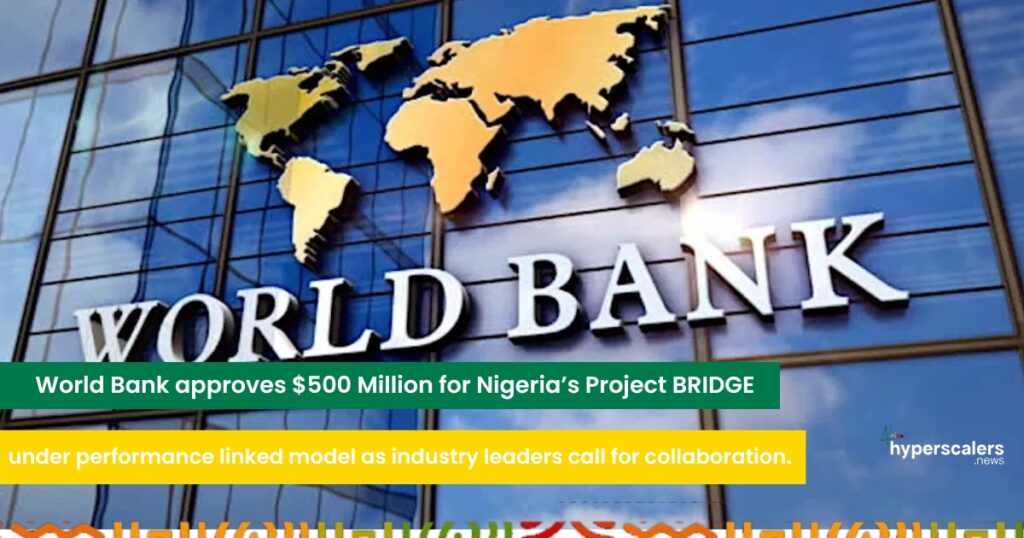
Lanre Kolade, Chief Executive Officer, Koltronics Nigeria, and one of the advisors of the project, described BRIDGE as “a once-in-a-generation opportunity” to build that middle-mile layer at scale. He stressed that the SPV must prioritize open-access principles and shared build models to avoid duplicative investment and speed deployment. “We cannot afford another fragmented network. BRIDGE has to be the national spine everyone plugs into,” he said.
Construction is expected to begin in the first quarter of 2026, after the SPV secures matching equity and debt financing. The first programmed disbursement of $6 million will support initial mobilization. In 2027, $155 million will be released once the SPV is incorporated and 5,000 kilometers of fiber are deployed. Two tranches totaling $210 million will follow as the network exceeds 25,000 kilometers. A further $115 million will support another 40,000 kilometers of rollout, and the final $14 million will be contingent on the launch of open-access wholesale broadband services.
Officials in President Bola Tinubu’s administration described BRIDGE as a core component of the country’s digital transformation agenda, acknowledging that the performance-linked conditions are stricter than previous infrastructure programs but asserting that such a structure is necessary to ensure integrity, efficiency, and investor confidence.
Industry observers say the financing structure could set a precedent for other African markets. One senior connectivity executive noted that the early deployment target is realistic, given current private-sector build rates. “Rolling out 5,000 kilometers is something single operators already achieve within a year,” he said. “If Nigeria delivers, it will demonstrate that public capital can successfully catalyze private investment while maintaining strong governance discipline.”
The World Bank estimates the completed network could serve 125 million people and add up to 1.5 percentage points to Nigeria’s annual GDP growth by 2031. Nigeria must incorporate the SPV and commence initial construction by December 2026 to retain access to the full funding structure.
As the Hyperscalers Connectivity Panel concluded, stakeholders agreed that infrastructure alone is not enough. Success will depend on collaboration among operators, harmonized regulatory frameworks, investment in local data hosting, and ensuring communities – not just cities – benefit from the new digital backbone. As the speakers summarized, “If we get this right, the benefits will compound for decades.”
This is why we are hosting a Connectivity Workshop on Infrastructure Collaboration and Shared Networks, on December 9, 2025, in Lagos, Nigeria. This focused session will bring together network operators, infrastructure owners, regulators, investors, and Internet Exchange stakeholders to co-design a collaborative blueprint for connectivity expansion. This workshop is strictly by invitation.
Ready to dive deeper into the hyperscale revolution impacting Africa?
READ MORE HERE: www.africa.hyperscalers.news
Contact Us:
Email: projects@hyperscalers.newsPhone: +2348109003350
Follow us on Social Media: Instagram, Facebook, LinkedIn, x


